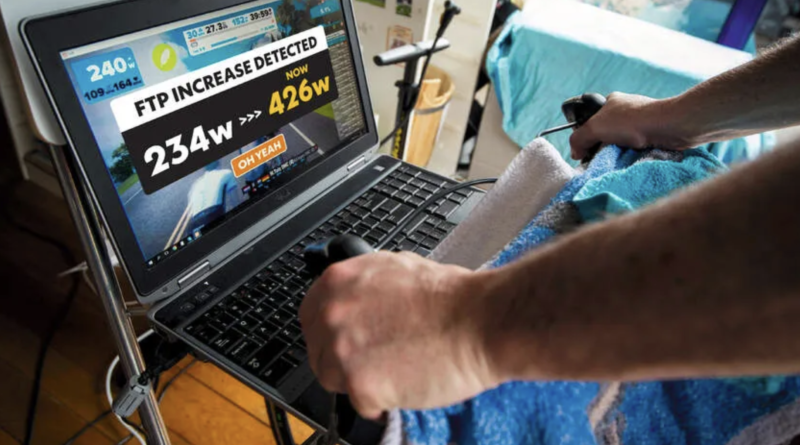What is FTP in Cycling? Understanding the Basics
Are you curious about what FTP means in the cycling world? Whether you’re a newbie cyclist or looking to improve your performance, understanding FTP is key to your cycling journey. Here’s everything you need to know about Functional Threshold Power (FTP) and why it matters.
What is FTP?
FTP stands for Functional Threshold Power. In simple terms, it’s the highest power you can sustain for an hour, measured in watts. It’s a crucial metric used by cyclists to determine their workout intensities and track improvements over time.
Why is FTP Important?
- Benchmarking Performance: FTP is used as a benchmark to set training zones. It helps cyclists personalize their training based on their current fitness level.
- Measuring Improvement: By regularly testing your FTP, you can measure your progress and see how your training is paying off.
- Tailored Workouts: Understanding your FTP allows you to tailor your workouts more effectively, ensuring you’re training at the right intensity to meet your goals.
How to Determine Your FTP
There are several methods to determine your FTP:
- 20-Minute Test: The most common method is the 20-minute test. You warm up, then cycle as hard as you can for 20 minutes. Take 95% of your average power during those 20 minutes, and that’s your FTP.
- Lab Tests: More accurate but also more expensive, lab tests measure your FTP through a controlled environment and equipment.
- Power Meters and Apps: Some cycling power meters and apps provide estimates of your FTP based on your riding data.
Tips for Improving Your FTP
- Consistent Training: Regular and structured training is key. Focus on consistent, high-quality workouts rather than sporadic, high-intensity sessions. Incorporate both endurance rides and interval training.
- FTP Intervals: Specific workouts aim to improve your FTP by working just above or at your current threshold. These can be 2×20 minute intervals or shorter intervals like 4×10 minutes at FTP with short rest periods.
- Long Rides: Incorporate longer, steady rides into your training routine. These help build endurance and increase your ability to sustain efforts.
- Rest and Recovery: Adequate rest is as important as the workouts themselves. Ensure you’re allowing your body to recover with rest days or easy rides.
- Nutrition and Hydration: Proper fueling and hydration are essential, especially during longer or more intense training sessions. Focus on a balanced diet and ensure you are well-hydrated to maintain performance.
- Strength and Conditioning: In addition to on-the-bike training, consider off-the-bike strength and conditioning work to improve overall muscular endurance and power.
- Monitor Progress: Regularly test your FTP to monitor your progress and adjust your training intensity. This can be done through a structured test or during a particularly hard ride.
- Professional Coaching: If possible, consider working with a coach to create a tailored training plan and provide guidance based on your individual needs and goals.
Conclusion
FTP is more than just a number; it’s a valuable tool that can help cyclists of all levels improve. By understanding your FTP and how to utilize it, you’re one step closer to achieving your cycling goals. Remember, like any other metric, it’s just one piece of the puzzle. Combine it with other training insights and listen to your body to get the most out of your cycling experience.
